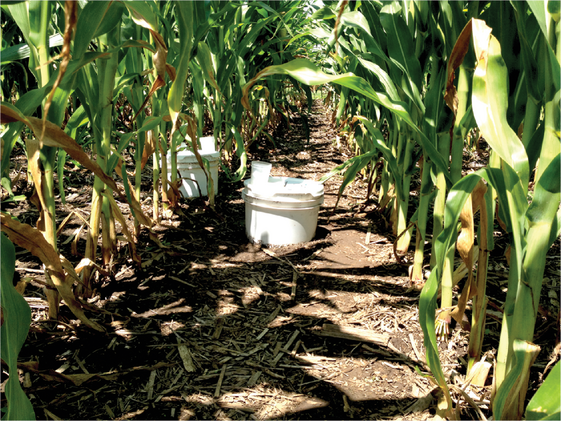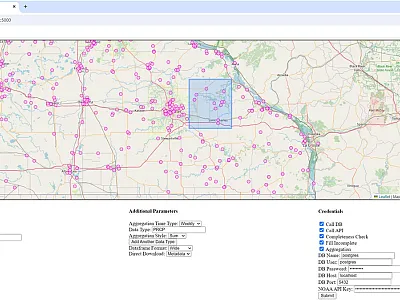Corn-Based Crop Rotations Mitigate Greenhouse Gas Emissions in Wisconsin

Greenhouse gas (GHG) emissions from agricultural soils are influenced by variable weather and management factors. The largest portion of emissions is due to nitrous oxide (N2O) from nitrogen fertilizer applications. Crop rotation is one tool that often positively affects both crop productivity and environmental outcomes. Despite well‐documented benefits for building soil organic matter, increasing carbon sequestration, reducing pest pressure, and improving water quality, crop rotation's effect on reducing GHG emissions requires deeper exploration.
To assess this impact, researchers studied three long‐term systems: no rotation (continuous corn), two‐crop rotation (corn–soybean), and extended three‐crop rotation (corn–soybean–wheat). In a range of differently managed environments, they measured and compared spatial and temporal variability of N2O, carbon dioxide, and methane emissions across the three rotation systems. The researchers found that N2O emissions in particular were reduced with corn–soybean and corn–soybean–wheat rotations when compared with continuous corn and that N2O emissions peaked at high‐rainfall events after application of nitrogen fertilizer.
These results support diversified corn‐based crop rotations as effective tools for managing GHG emissions, particularly N2O emissions, under variable weather and management conditions. Two‐ and three‐year corn‐based rotations improve on continuous corn and offer a practical approach to diminish agriculture's contribution to climate change.
Adapted from
Kazula, M. J., & Lauer, J.G. (2023). Greenhouse gas emissions from soils in corn‐based cropping systems. Journal of Environmental Quality, 52, 1080–1091. https://doi.org/10.1002/jeq2.20519
Text © . The authors. CC BY-NC-ND 4.0. Except where otherwise noted, images are subject to copyright. Any reuse without express permission from the copyright owner is prohibited.







